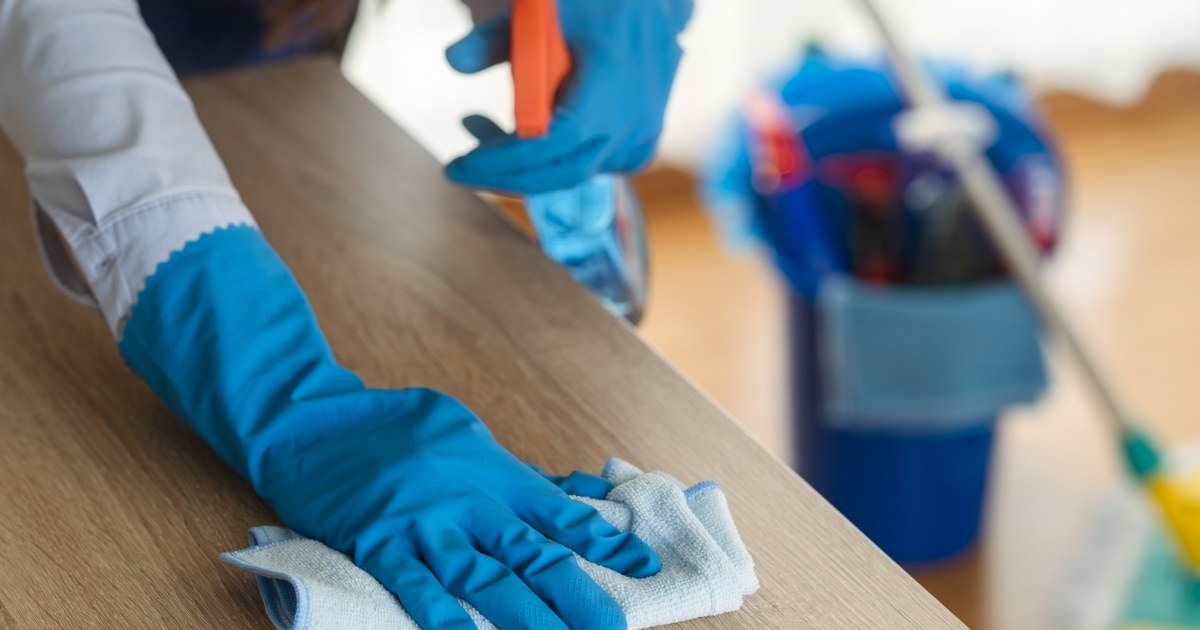By Robin Dodson, Megan R. Schwarzman and Ruthann Rudel - The Conversation
In 2020, consumer products released more than 5,000 chemicals — which cause cancer, negatively affect sexual functioning and fertility in adults, or harm developing fetuses — into homes and workplaces in California, a study just published reveals.
Many common products, such as shampoos, body lotions, cleaning supplies, and naphthalene, release toxic volatile organic compounds (VOCs) into the air within a space. We identify them in products widely used by workers, such as cleaning fluids, adhesives, paint removers and nail polish. However, the lack of laws regulating the disclosure of ingredients means that neither consumers nor employees know what is contained in the products they use.
[Study Shows Nail Polish Light Can Damage DNA]
For this study, we analyzed data from the California Air Resources Board (CARB), which tracks VOCs released by consumer products to try to reduce smog. The agency periodically surveys companies that sell products in California, collecting information on the concentrations of VOCs present in everything from hair fixatives to windshield cleaning fluids.
People may be exposed to many hazardous chemicals combined by using different products. FangXiaNuo/Getty Images/iStockphoto
The recent data was cross-referenced with a list of chemicals that are carcinogenic or toxic to reproduction or development, according to Proposition 65 or the California Right to Know Act. This measure, enacted in 1986, requires companies to notify Californians of significant exposure to substances known to cause cancer, birth defects or other reproductive harm.
We found 33 toxic VOCs in consumer products. More than 100 articles studied by CARB contain VOCs listed in Proposition 65.
Of these, we identified 30 product types and 11 chemicals that we consider high priority to be reformulated with safer alternatives or that urgently need to be regulated due to the high toxicity of chemicals and widespread use.
Why is it important?
Our study identifies consumer items that contain carcinogens and substances toxic to reproduction and development, and whose use is widespread in the home or workplaces but consumers have little information about their ingredients.
[Colon cancer spreads among younger adults. These are the first symptoms you shouldn't ignore]
We also found that people could be exposed to many hazardous chemicals combinedby using different products that contain several chemicals harmful to health. For example, janitors may turn to a combination of products such as degreasers, detergents and other cleaning supplies, exposing them to more than 20 different VOCs from the Proposition 65 list.
There are also people who are exposed to the same chemical through various sources. Developmentally toxic methanol was found in 58 product categories. Diethanolamine, a chemical used in products such as creamy or foaming shampoos, appeared in 40 different categories of items. Canada and the European Union ban its use in cosmetics because it can react with other ingredients and form carcinogenic chemicals.
A study warns of the dangers of nail drying lamps with ultraviolet light
Jan. 21, 202300:50
N-methyl-2-pyrrolidone and ethylene glycol, included in Proposition 65 because they are toxic to reproduction or development, appeared in personal care products, cleaning products, and craft materials used by children or pregnant women.
Our findings could help state and federal agencies strengthen chemical regulation. We identified five – cumene, 1,3-dichloropropene, diethanolamine, ethylene oxide, and styrene – as priorities for risk assessment and management under the U.S. Environmental Protection Agency's Toxic Substances Control Act.
What we don't know yet
Our analysis of CARB data does not provide a complete picture because many toxic chemicals, such as lead, PFAS, and bisphenol A (BPA), do not have to be reported to the Air Resources Board because they are non-volatile, meaning they do not easily pass from liquid to gas at room temperature.
In addition, we were unable to identify the specific items we were concerned about because the agency aggregates data on general product categories.
What other research is being done?
Studies have shown that women tend to use more cosmetic, personal care, and cleaning products than men, so they may be more exposed to the harmful chemicals in these categories. Those who work in environments such as nail salons are affected by the items used, both personally and professionally.
At least 100 items used in the home and by cleaners contain carcinogens and toxic substances. Dusan Sapic/Getty Images/iStockphoto
Our team's research also demonstrates thatproduct use varies by race and ethnicity, in part due to racialized beauty standards. Intervention policies could be adapted to prioritize these potentially most exposed groups.
Finally, a law like Proposition 65 goes some way in the fight against these toxic substances. In other research we have found that some manufacturers prefer to reformulate their items to avoid substances included in the standard, rather than warning consumers about toxic ingredients.
Proposition 65 does not prohibit or restrict any chemicals and does not require manufacturers to choose safer substitutes. Our analysis points to the need for national action to ensure that both consumers and workers have safer products.








